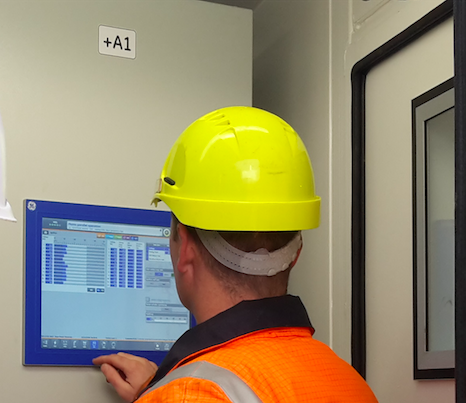There are tough times in automotive right now. In the year to date, overall output has declined by -6.6% according to SMMT, driven predominantly by falling UK demand, which is currently down -18.6%. This has been compounded by slower growth across Europe and the uncertainty over Brexit and new diesel regulations. The low pound also means raw materials and subcomponents are more expensive, so every pound in the business has to go further.
How can the energy manager do their bit to help the company reduce its energy consumption and become more efficient? Here are our top tips:
In BasePower’s experience, getting a multi-disciplinary team together to address energy use across the business is the most helpful first step. It will take engineers to identify where energy can be saved, but back-up from procurement and finance colleagues gives credence to savings forecasts and can make it much easier to secure any necessary investment.
It is essential to understand where you use the most energy, so aim to collect hourly energy use data for each major plant item for a defined period of time. You can then start to identify where waste occurs and savings can be made.
A cheap and effective way of saving energy is for it to become embedded in the behavioural culture of the business. All employees can feel responsible for playing their part. Successful examples include switching non-essential machinery off when production stops, and regular re-setting of flow and temperature settings. As well as costing nothing to introduce, these also reduce wear and tear costs on plant.
If you haven’t carried out many energy efficiency projects before, it is best to start with low-budget interventions with solid paybacks as these build confidence. LED lighting is at least 60% more efficient even than fluorescent systems. Variable Speed Drives, which allow motors, pumps and conveyors to be operated at just the power required to achieve the desired output, also reduce start-stop wear and tear on plant.
Power Factor Correction increases the low power factor often experienced by manufacturers, thereby reducing the site’s kVA and kVArh costs.
Air compressor heat recovery captures the 90% of compressor energy that would otherwise be dissipated as heating the oil cooler, using it on site for space heating and similar high volume, low temperature requirements.
Destratification fans reduce space heat requirements by up to 20% through homogenising air temperatures within high buildings.
The impact of any one of these tips is relatively small in isolation. However demonstrating successful paybacks internally is really effective in building confidence for more ambitious interventions such as Combined Heat and Power (CHP) projects where the big savings really start to stack up.
On-going rises in energy prices mean that many of BasePower’s own on-site energy generation schemes deliver savings of over 15% on the grid cost of energy supplied when fully-funded by BasePower, while customer-funded projects can pay back in in three years or less if well-utilised, as well as significantly reducing the site’s carbon footprint. Contact us for more information.











